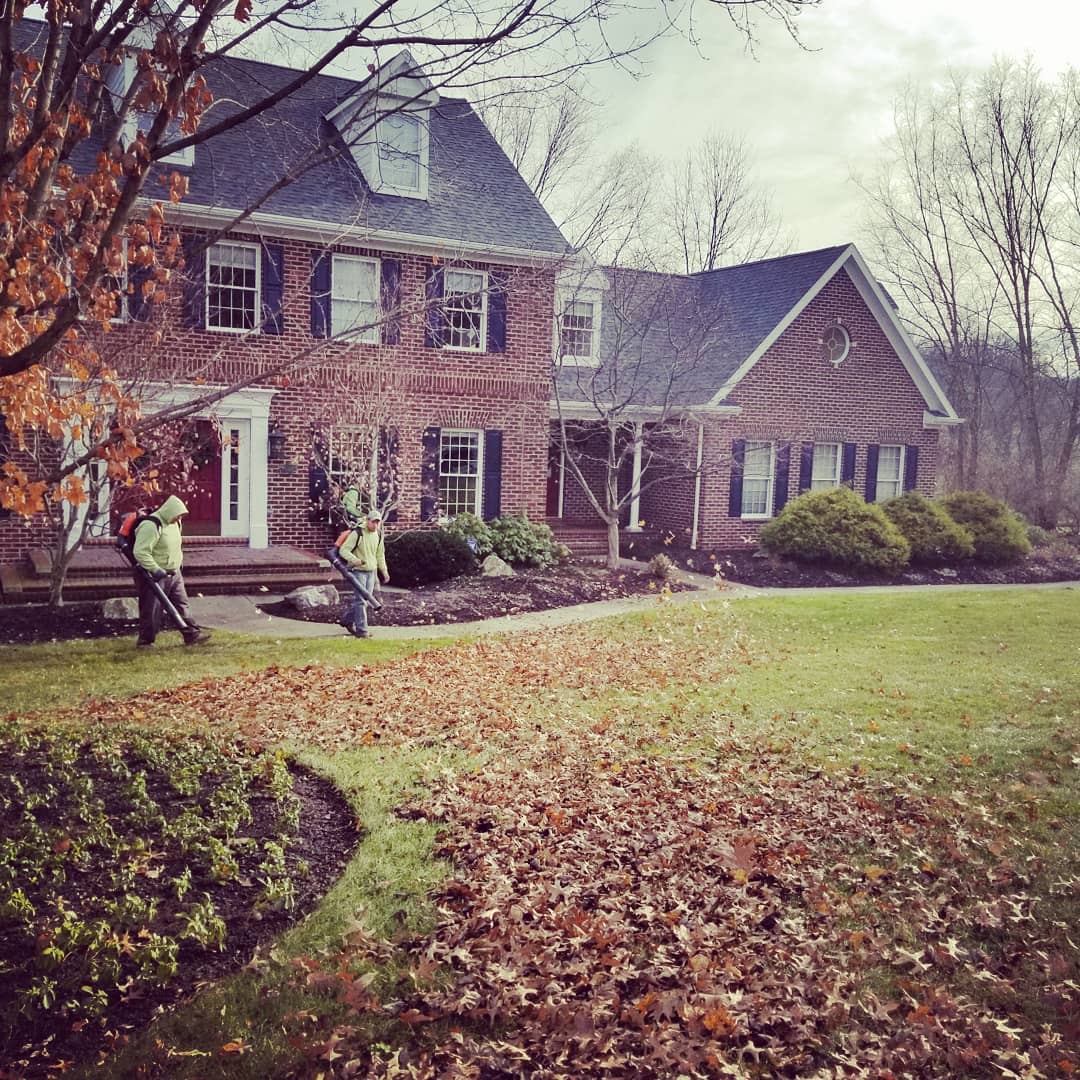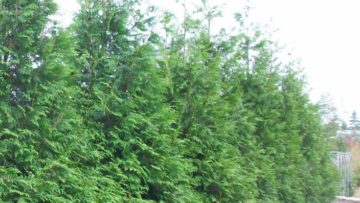The growing season has reached its end and it’s time to prepare the garden for the big freeze. Your shrubs and perennials will find their way into hibernation on their own, but should you help them prepare with winter garden care anyway?
Yes!
Proper winter garden care isn’t just about surviving cold temperatures. You can also ready your garden for spring blooms by clearing things out during the fall and winter. Your yard will look cleaner, and the start of the next growing season will be a breeze.
Use these steps to get started. Winter garden care can be as detailed as you like, but the basics we list here will get your garden in the right shape for the growing offseason.
Fall Cleanup is the Best Winter Garden Care
It might seem tempting to let leaves and debris lie in place. After all, isn’t that nature’s plan?
While native plant species tend to do just fine on their own, a thorough fall cleanup will still benefit your garden heading into harsh winter conditions.
Leaf litter is a winter haven for pests looking to insulate themselves against the cold. Spent plant debris might also create a space for disease or other blights to take hold, and both can harm your garden throughout the winter.
You can prevent pest infestations by removing the conditions they look for in spent plant debris. Look for any diseased or especially discolored spent foliage on the ground and clear it out before snow can blanket your garden. A heavy application of commercial leaf blower will clean things out quickly, but you can go at it more carefully if time is on your side.
Leaf cleanups aren’t just good for the garden. Matted, frozen leaves can damage your lawn if left untouched. If a green, healthy lawn is in order, removing fallen leaves will prevent smothering of grass blades and give the lawn space to breathe next spring.
(Additionally, you can bury disease-free plant debris by mixing it into your garden soil before the frost sets in, adding a new layer of natural fertilizers to the garden.)
Give Your Perennial Plants a Good Pruning
Late-season pruning is the go-to method for preparing your garden for the winter. Removing spent growth not only cleans things up for the winter time, but gives your plants a head start on the next growing season. An abundance of spent growth can interfere with new blooms, and clearing them out in the fall and winter gets you one step closer to a fresh start in the spring.
Like all things, there is no hard and fast rule that you can apply to all plants in the garden.
Some perennials may benefit from little to no fall pruning. While only few of them will provide much winter interest – a pleasing foliage that is kept throughout the winter – many may provide shelter and food for birds and insects.
You can find a more thorough guide to winter perennial care here, including examples of common perennials and how best to ready them for the offseason. While almost every perennial will need a thorough pruning at some point, each plant has its own ‘best time’ to cut back based on plant health and your own visions for your garden.
Click here to read our blog on the most common types of winter plant damage, and how a good fall cleanup can help defend against them.Give Your Hardwood Plants a Good Pruning … Eventually
Like perennials, your hardwood shrubs & small trees will benefit from a structural pruning. This will clear space for new growth, encourage desired growth habits and remove dead or dying branches, which can invite pests and disease.
Unlike the rest of your landscape, however, this bit of winter garden care will want to wait until late in the offseason.
Early pruning, in the fall or even throughout most of the winter, can damage your woody shrubs and small trees. Pruning cuts don’t heal in the winter (while the plants are dormant) as they would during the season.
Left alone, winter cuts can become a hotspot for disease or pest infiltration. Late winter or spring is the time to make reductions in these hardier plants as a rule of thumb.
As always, research the specific needs of any plant you’re considering cutting into. Some trees, such as most oak species, can only safely be pruned in winter.
Ornamental Grasses as Winter Interest
Ornamental grasses are an easy fall fix — cut them back, divide the clumps and transplant them throughout the garden.
However, not all ornamental grasses need to be cut back in the fall. Some may thrive through the winter, providing wonderful perennial winter interest when the rest of the garden is dormant.
Shorter, stockier species of ornamental grasses, including fountain grasses, sedges and even some species of panicum, can remain upright under light to moderate snowfalls. Most will lose their green foliage and turn golden, maintaining their shape deep into the winter.
You can cut them back once a knockout snowstorm breaks too many blades to remain aesthetically pleasing. Cutting them back prior to the break in the weather will remove dead growth in time for the coming season, readying the plants to be divided and transplanted once the ground thaws.


Fall Mulch | Insulate Now, Fertilize Later
In areas of the country where a steady blanket of snowfall (nature’s best insulator) remains on the ground for sustained periods of time, additional fall mulch may not be necessary.
In areas like Pittsburgh, where high temperatures like to swing like wildly, this blanket of snow won’t be reliable. This is where an additional fall mulching can help provide great winter garden care.
The greatest benefit of additional mulch is as an insulator. Freezing ground temperatures can stress the roots of young or non-native plants. This is an especially big threat if your plants aren’t rooted into the ground correctly. Left uninsulated, root balls can burst above ground level as the ground freezes and thaws. This uplift is known as frost heaving, and it can expose your plants’ roots to freezing air, potentially damaging or even killing them.
A good, heavy mulching around the root zone will help defend against this. (Of course, ensuring your plants have been planted at the correct depth is the best defense against frost heaving.)
Additionally, fall mulching can get an early round of natural fertilizers into your garden’s soil. Mulching with compost or shredded leaf debris will make use of your previous cleanup efforts. This returns the leaves into the soil, giving your garden natural fertilizers that have time to break down throughout the winter.
Shred your leaf piles with a lawn mower in the fall and distribute the pile of ground leaves throughout the garden to provide a great natural fertilizer.
It’s Not Too Late to Dig In
Even if winter has already set in, your landscape can still benefit from these winter garden care tips. Use a break in the freezing temperatures to blow out spent plant debris if you haven’t already, and insulating mulch can be applied any time the snow is clear.
If you’re looking for help maintaining your residential landscapes, get in touch with us today. We provide design & installation services for new gardens, upkeep and renovation for existing landscapes and maintenance services for those looking to keep their gardens tended with year-round land care.



